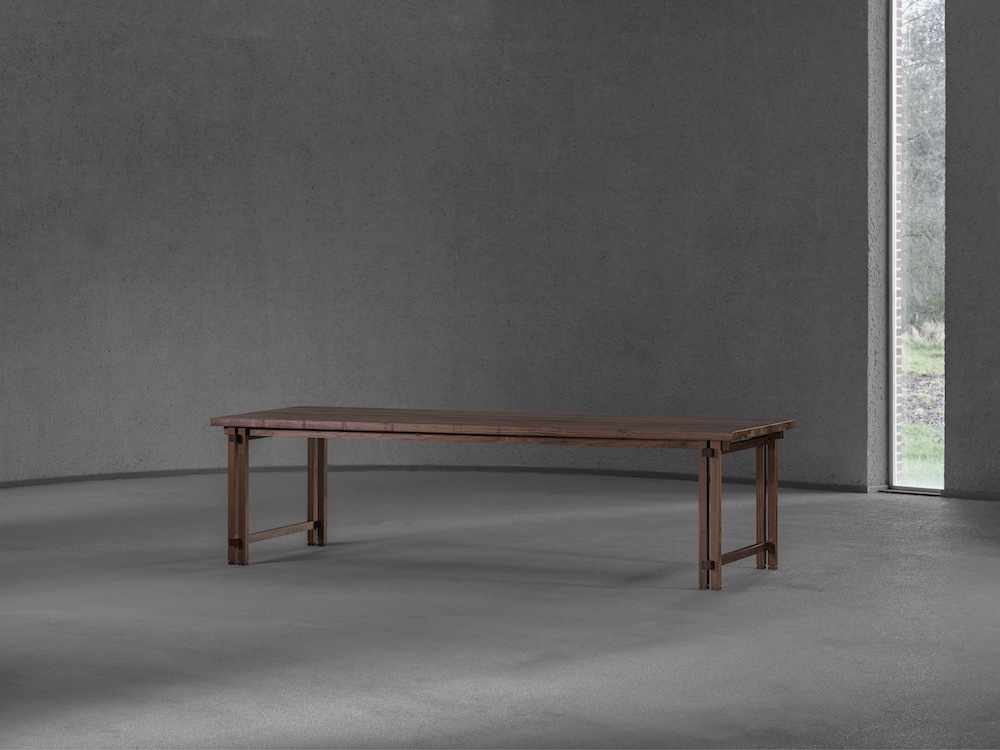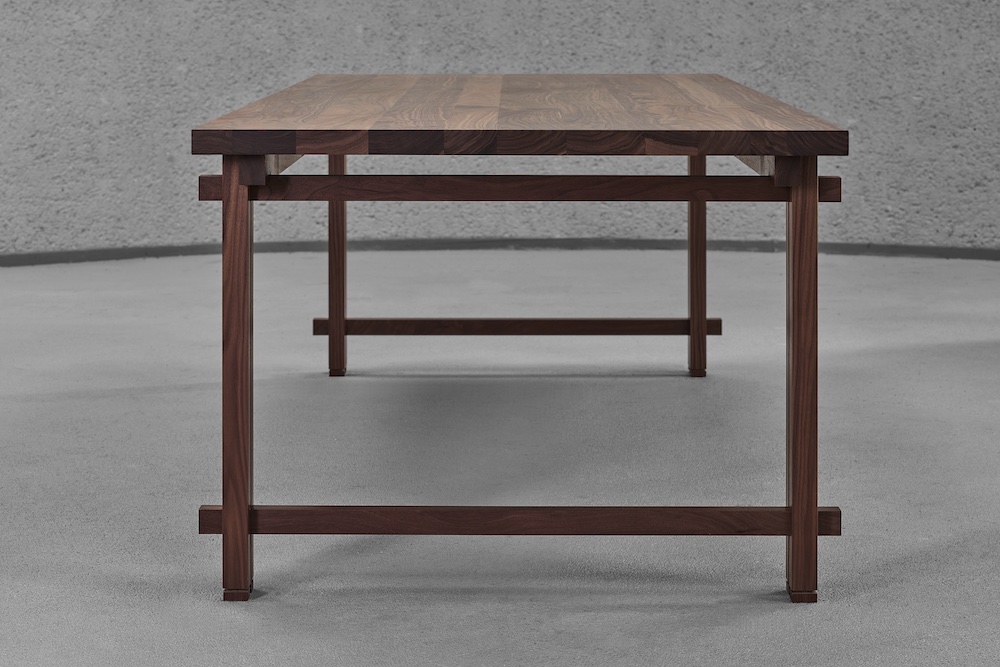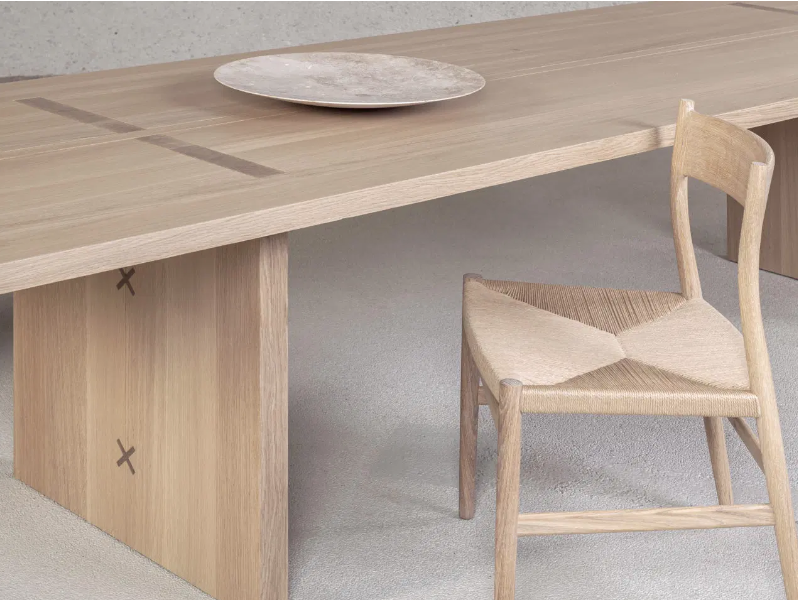
New Dutch brand ØDE Design launches its first collection at Masterly | Milan design week 2023
New Dutch brand ØDE Design is launching its first collection of high-quality, solid wood tables at Masterly during my favourite Design week of the year: Milan Design Week.
ØDE returns to the essence. Using sustainable wood, a local production process and true Dutch designs. The name “Øde” derived from the place the tables are crafted – a wood factory established in 1754 – in Udenhout, formerly known as Ødenhout.
All ØDE tables are produced from high quality solid oak or American walnut, available in the colours: natural white oak and carbon oak. There is a choice of various sizes and the tables are always made to order. Connection is central to ØDE, each table is put together using special connection techniques, so that no screw is visible.
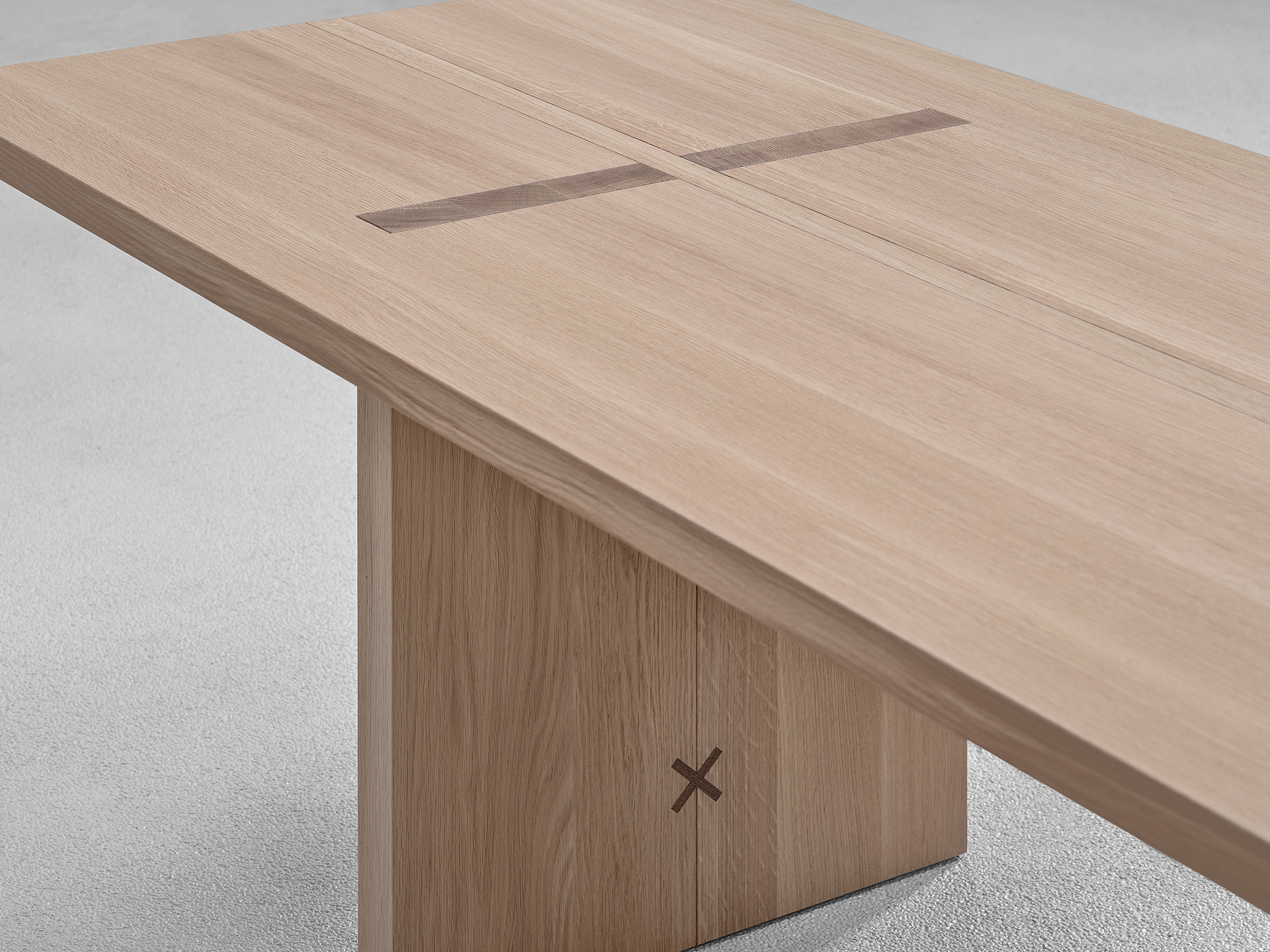
Otoko and Josei
The Otoko and Josei tables were designed by Francine Broos Interieurarchitecten At first glance, they look the same, but Otoko is the masculine variant, the connecting elements and the tabletop are rectangular. While Josei is the feminine version, characterized by the use of soft, feminine contours.
The basic design of these tables is inspired by Japanese wood joints, as seen in shrines and temples. Characteristic is the self-supporting construction. All constructive elements are invisible due to the unique processing of modern connection techniques. The elegant design comes into its own in a classic interior and because of the minimalist character they also fit very nicely in a modern environment.
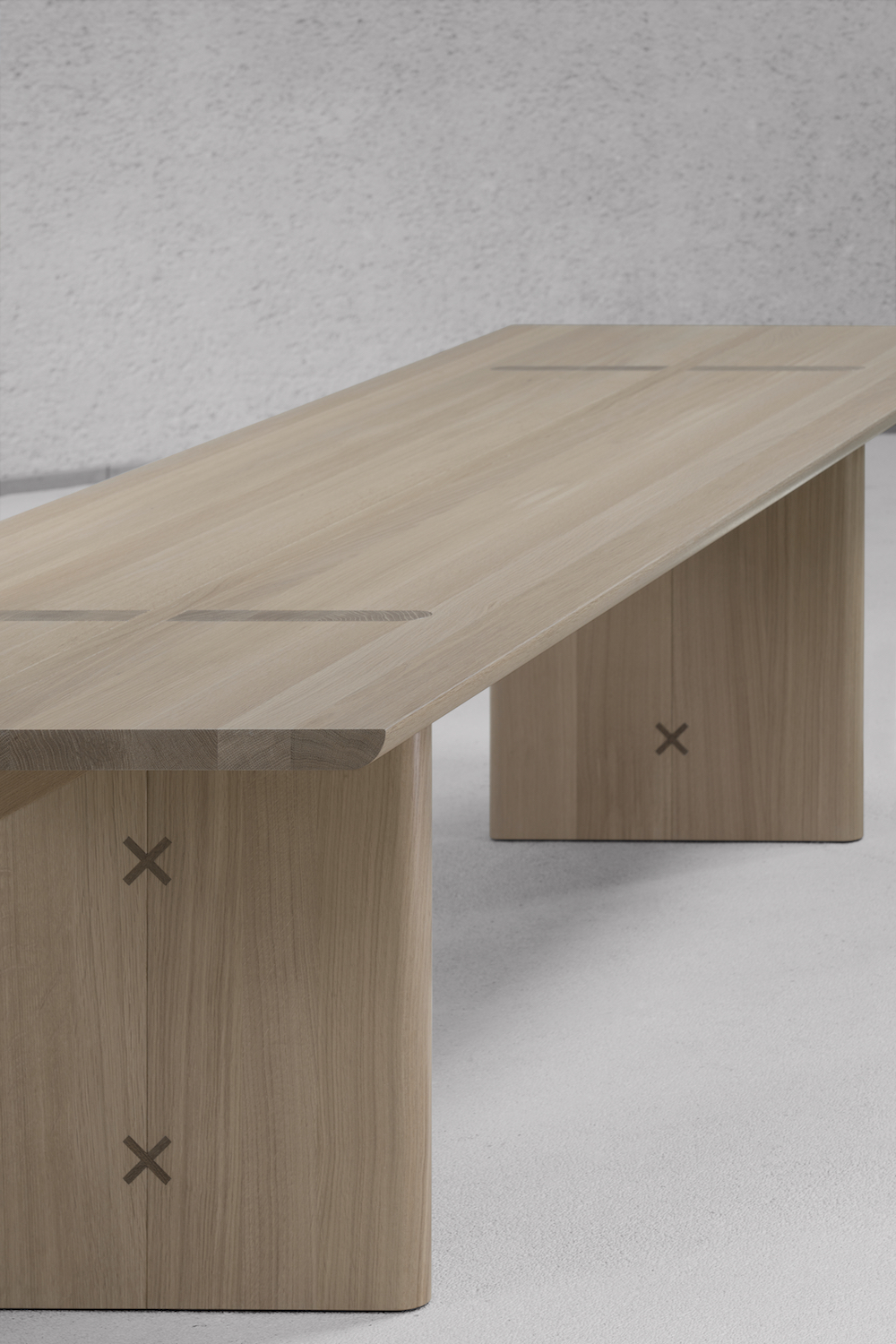
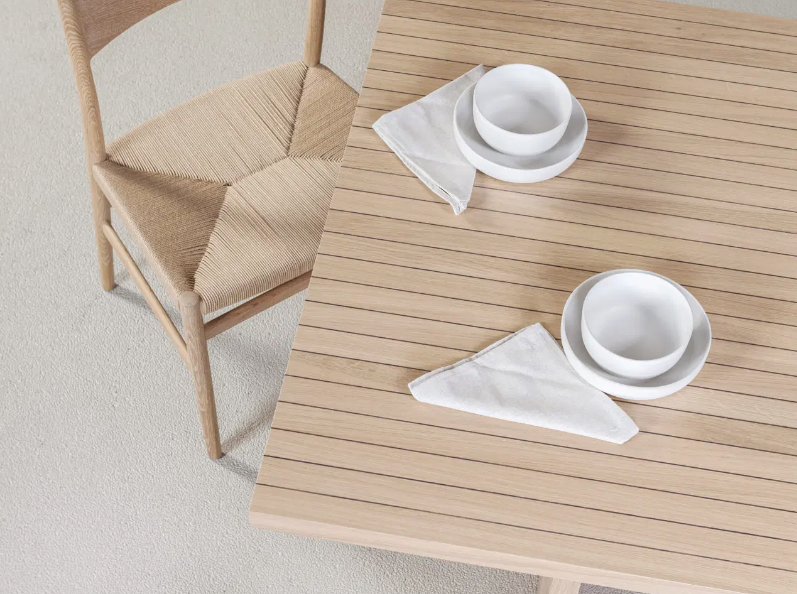
Rhythm and De Stijl
The ‘Rhythm’ and ‘De Stijl’ tables were designed by Julius Taminiau Architects. The simple and geometric shapes in both designs have been inspired by Japanese culture. The main characteristics include fine and sleek lines, and a traditional approach to furniture-making. The rhythm of nature, music and architecture are captured within the Rhythm table. This elegant yet playful table is perfect for creating inviting dining experiences and long conversations with family and friends. (pictured above)
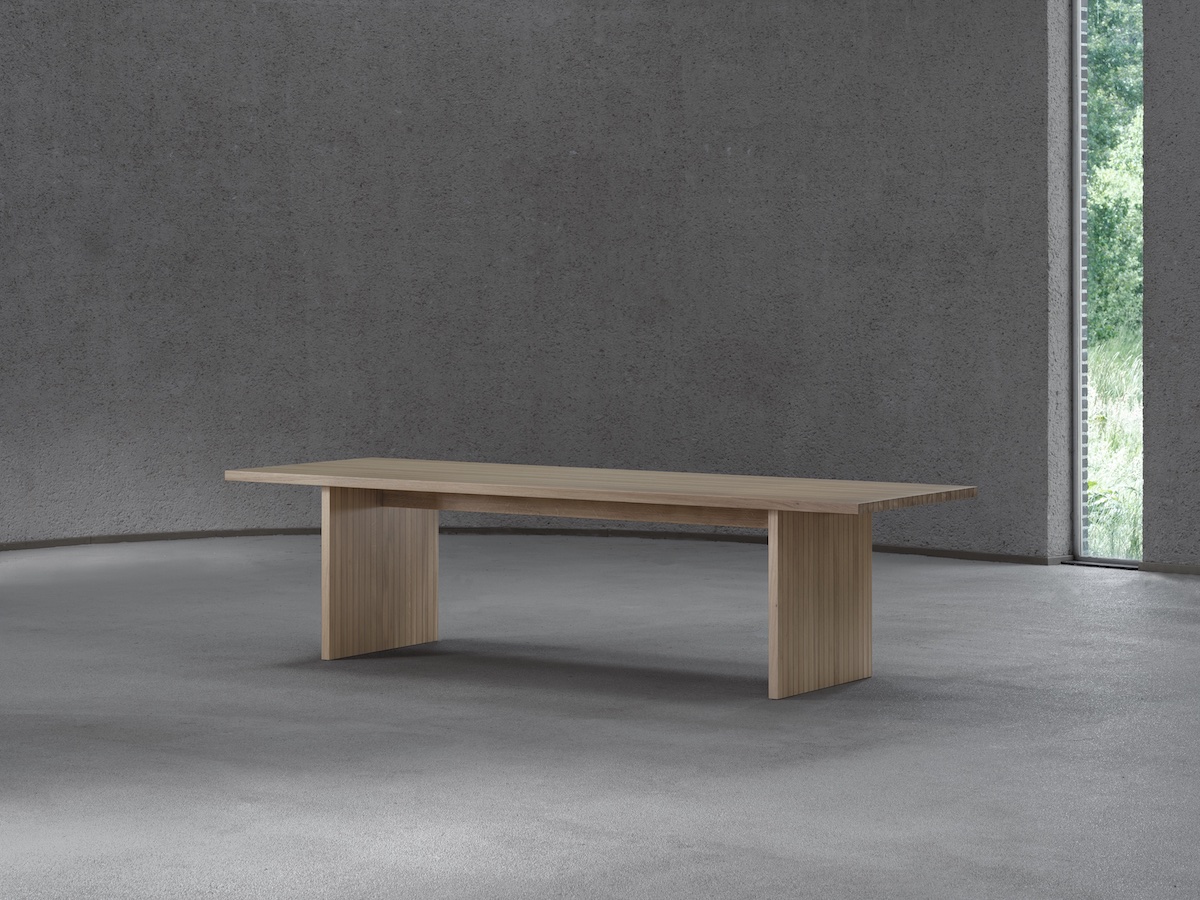
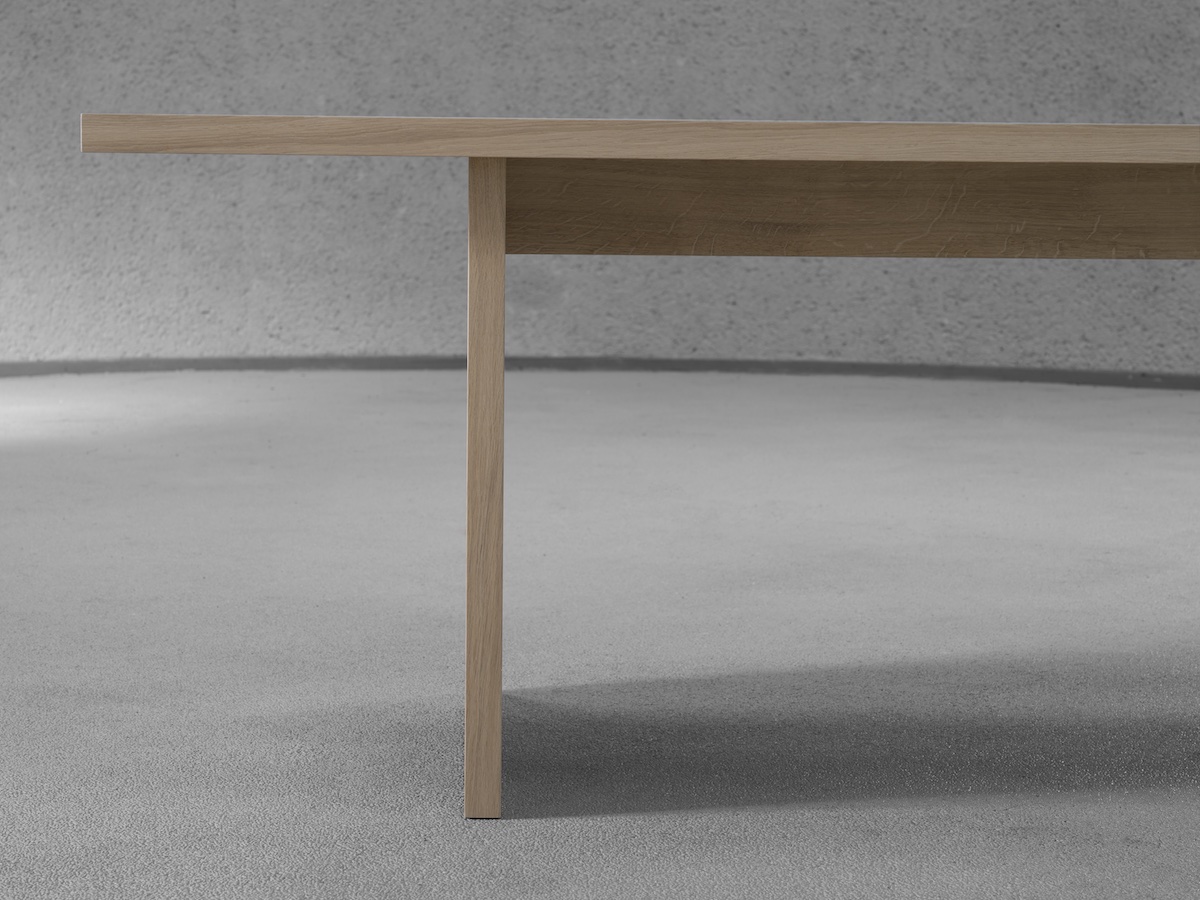
De Stijl
The design of ‘De Stijl’ table is based on Julius’ search for the essence of De Stijl and Japanese culture. The eponymous art movement is strongly connected to Japanese culture, and is also referred to as Japonism. It involves paying great attention to connections between so-called intersections, but also exploiting how ‘light’ elements are perceived. For instance, if something appears to be light, then it also looks elegant.
Pictures courtesy Øde
